Water¶
Water plays a crucial role in Friesland’s circular economy, which focuses on minimising waste, reusing resources, and reducing environmental impact. The demand for clean drinking water is rising, while water scarcity is also intensifying—driven in part by climate change. At the same time, the growing scarcity of raw materials, combined with geopolitical tensions and increasing demand in emerging economies, makes reducing our dependence on these resources more important than ever. Embracing a circular economy helps address these challenges by limiting waste production and minimising environmental harm.
A key element of this approach is effective urban water cycle management, which involves several stakeholders. Vitens is responsible for supplying clean drinking water. Municipalities collect communal wastewater through sewer systems, and Wetterskip Fryslân (the regional water authority) purifies this wastewater before returning it to the environment. This collaborative structure supports sustainable water use and reuse.
The problem of water scarcity leads to a demand for solutions that contribute to efficient water use and reuse. Circular solutions regarding water play an increasingly important role across all industries and especially in sectors where water is an essential part of the production processes. Examples are energy (hydrogen transition), sustainable agriculture and sustainable food production.
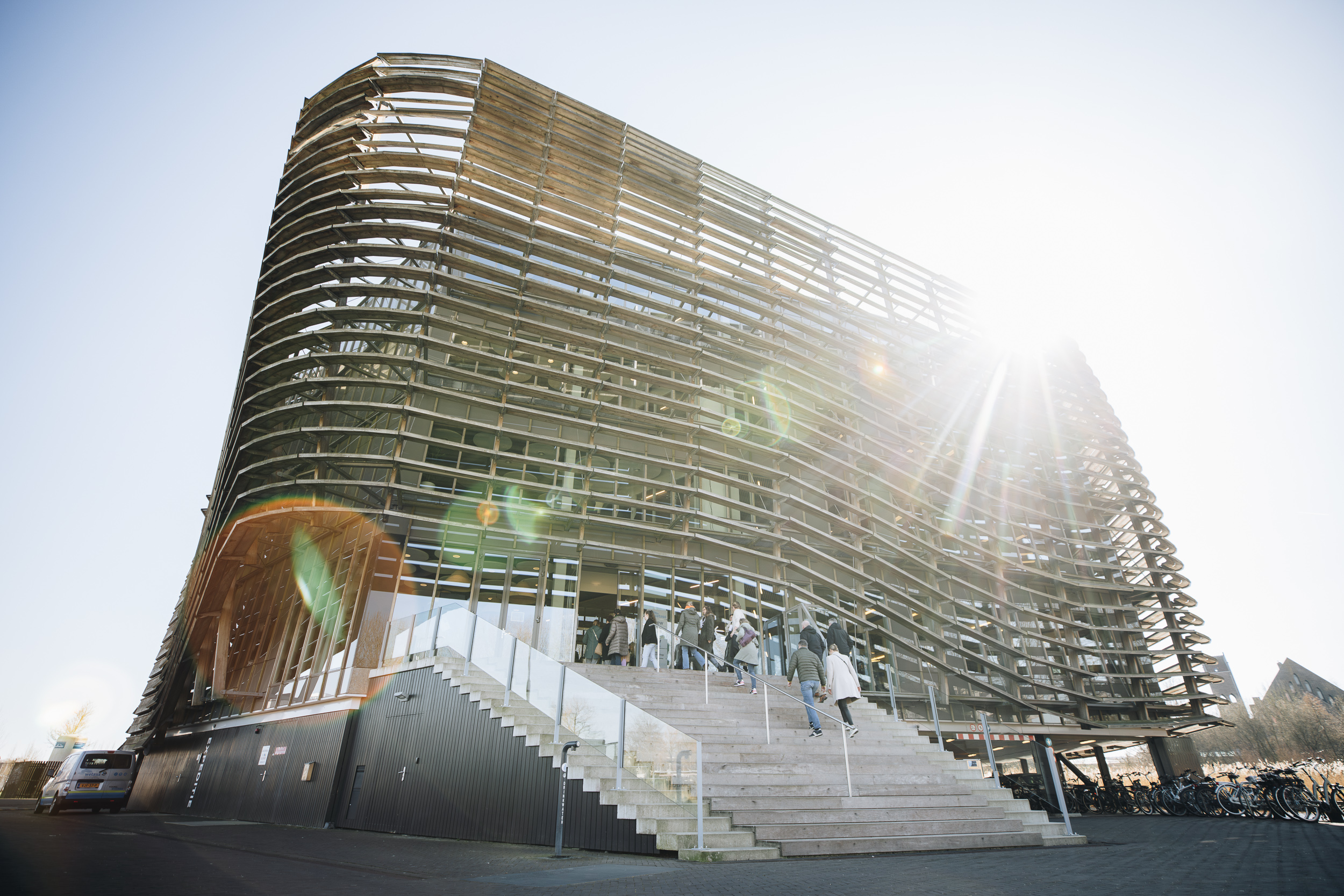
Friesland as a region of water technology is on the forefront of (inter)national innovative developments in circular water use. Leeuwarden is the European city of water technology. In Friesland the water sector plays an important economic role, showing relatively more businesses and employment than the Dutch average. Within the WaterCampus trendsetting research is done (Wetsus, CEW) and market intelligence and business support are organised (Water Alliance). Next to companies and the WaterCampus the Frisian water board (Wetterskip) plays a prominent role in the circular water transition with its policy aimed at sustainable and circular water.
In the context of water, a circular economy involves three key pillars:
- Water reuse & resource efficiency: Maximising water recycling and reducing consumption in industries and households.
- Nutrient, raw material & energy recovery: Extracting valuable materials (e.g., phosphorus, nitrogen, bioplastics) from wastewater, and water as energy source.
- Sustainable and low-impact water infrastructure: Applying circular design principles to purification plants, pipelines, and water systems helps extend their lifespan, reduce material waste, and lower environmental impact.
1. Water reuse & resource efficiency¶
Friesland is becoming increasingly vulnerable to water scarcity, driven by climate change and rising demand. In 2018, the province came close to triggering the verdringingsreeks, the national water allocation hierarchy—a situation that could recur without effective mitigation measures. To address this, national policy aims to reduce drinking water consumption from 128 to 100 litres per person per day by 2035. As of 2024, Friesland’s total drinking water use is 51 million cubic meters. Nationally, freshwater management is guided by the Zoetwater strategy under the Deltaprogramma, while at the provincial level, Friesland follows the Klimaatbestendig 2050+ agenda. In line with this, Wetterskip Fryslân has committed €30 million to support climate adaptation initiatives.
The province promotes sustainable water use through the R-ladder approach (Refuse, Rethink, Reduce, Reuse) and is investing in both urban and rural water storage, as well as expanding water reuse technologies—particularly those sourced from wastewater treatment plants. A key example is a sludge dewatering unit in Heerenveen where Wetterskip Fryslân purified approximately 80 million liters (80,000 m³) of treated wastewater as process water was achieved in its first year of operation in 2025. While this currently represents a small share of total industrial water use—equivalent to the annual water consumption of about 800 households—it signals a shift toward more circular practices and aligns with Friesland’s ambitions[1].
Key indicators for monitoring progress include IJsselmeer inlet rates, which serve as a critical stress signal, and baseline assessments of sectoral water usage and resilience potential. However, there is currently a lack of reliable data on provincial-level water consumption and reuse. Forecasting tools such as the Klimaatbeleid Dashboard (assessing policy impact by 2030) and Circular Transition Indicators (CTI) are used to track progress toward circularity and adaptive capacity.
Wetterskip Fryslân plays a pivotal role in this context through its high-performing water purification efforts, achieving an efficiency rate of 88.7%, notably above the national average of 87.2%. Beyond nutrient removal—such as phosphorus and nitrogen—this purification capacity enhances opportunities for water reuse, supporting more efficient and circular water management. The extraction of usable materials during purification further strengthens the link between water quality and resource recovery in practice.
2. Nutrient, raw material & energy recovery¶
Wastewater is increasingly recognized as a valuable resource, containing recoverable energy, nutrients, and materials that can help address growing resource scarcity. In Friesland, the water sector is actively innovating to transform waste streams into sources of value, aligning with broader circular economy goals.
There are no overall figures on recovery from wastewater. However, Friesland is an international front-runner with multiple innovative projects, demo sites, and businesses, like the Waterschoon building project, Hydraloop, and PHA2USE[3]. Recovery potential is estimated to be high, with goals to recover 600 tonnes/year for phosphorus (with up to 90% recoverable) and 6,000 tonnes/year of cellulose—though the commercial viability remains uncertain. Bioplastics also represent a promising area of growth, but consistent and reliable data on production volumes is still lacking. Wetterskip Fryslân is also working on extracting valuable materials from sewage sludge, and research by Wetsus is exploring innovative approaches to reuse blackwater sludge, highlighting emerging opportunities for circular resource use.
Wetterskip Fryslân also produces 2 million m³ of biogas per year from sewage sludge digestion. Although lower in the R-ladder (energy recovery rather than recovery and reuse), this biogas production supports renewable energy goals.
3. Sustainable and low-impact water infrastructure¶
Circularity is a key principle in managing water infrastructure, including dikes, treatment plants, and pumping stations—core assets within the construction and engineering (GWW) sectors. These systems carry a high material and environmental footprint, making them critical to achieving long-term sustainability goals.
The WAVES dashboard currently omits data in this category. However, we can view the infrastructure in the context of the larger picture, where a Circularity Metric of 10.6% was calculated, including water infrastructure. Due to its distinct governance and procurement structures, it is recommended that this sector be tracked separately within broader circularity monitoring efforts. While specific data on the quality of Friesland’s water infrastructure is not available, the Dutch tap water system as a whole is known for its high efficiency, with leakage rates below 10%—significantly lower than in many other comparable countries, where losses can exceed 30%. This long standing efficiency positions the Netherlands as a leader in water infrastructure performance[4].
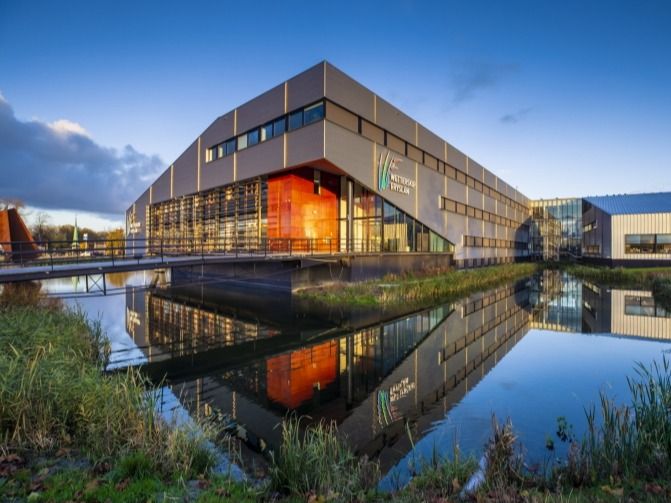

Wetterskip Fryslân: Circular Water Management
Wetterskip Fryslân pioneers circular water management by embedding sustainability into every aspect of its operations. As Friesland’s regional water authority, it safeguards dikes, regulates water levels, and treats wastewater—while steering a bold transition toward climate neutrality by 2030 and full circularity by 2050.[5] From rethinking dike construction to recovering raw materials from wastewater, WF turns essential water infrastructure into engines of resource regeneration, supporting Friesland’s ambition to become a leading circular region in Europe.
Read moreImproving the water system
Friesland is home to many initiatives that already contribute to improving its water system.
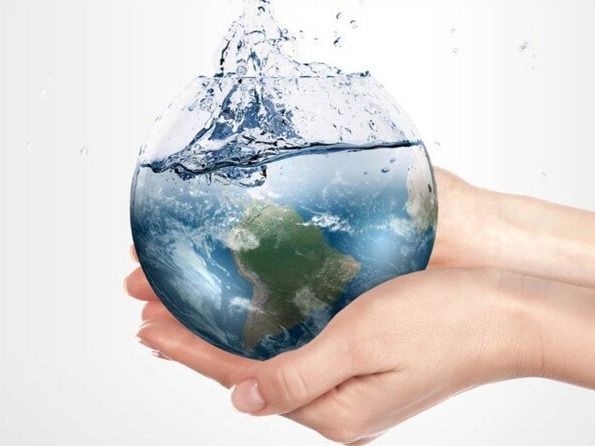
The New Normal in construction - prescribing water savings
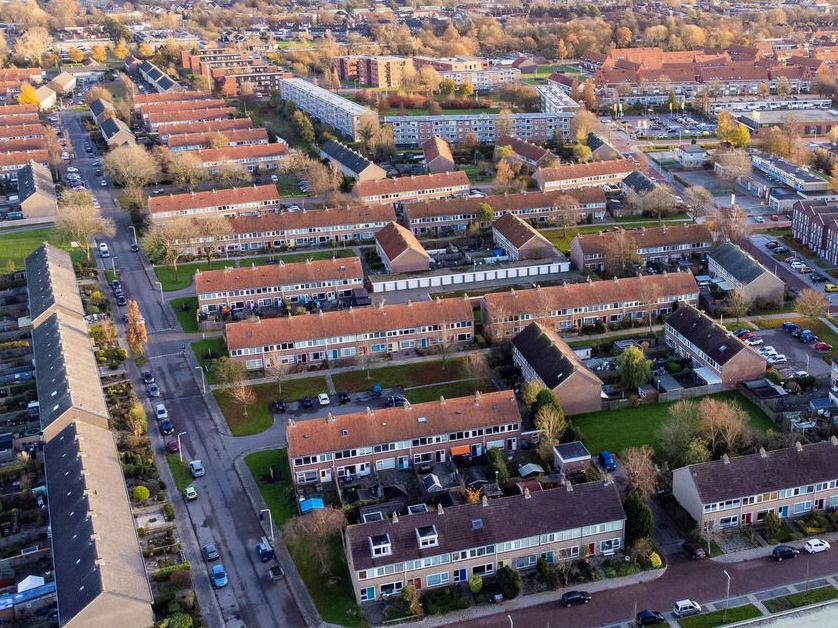
Noorderhoek: Leading the Way in Urban Circular Water
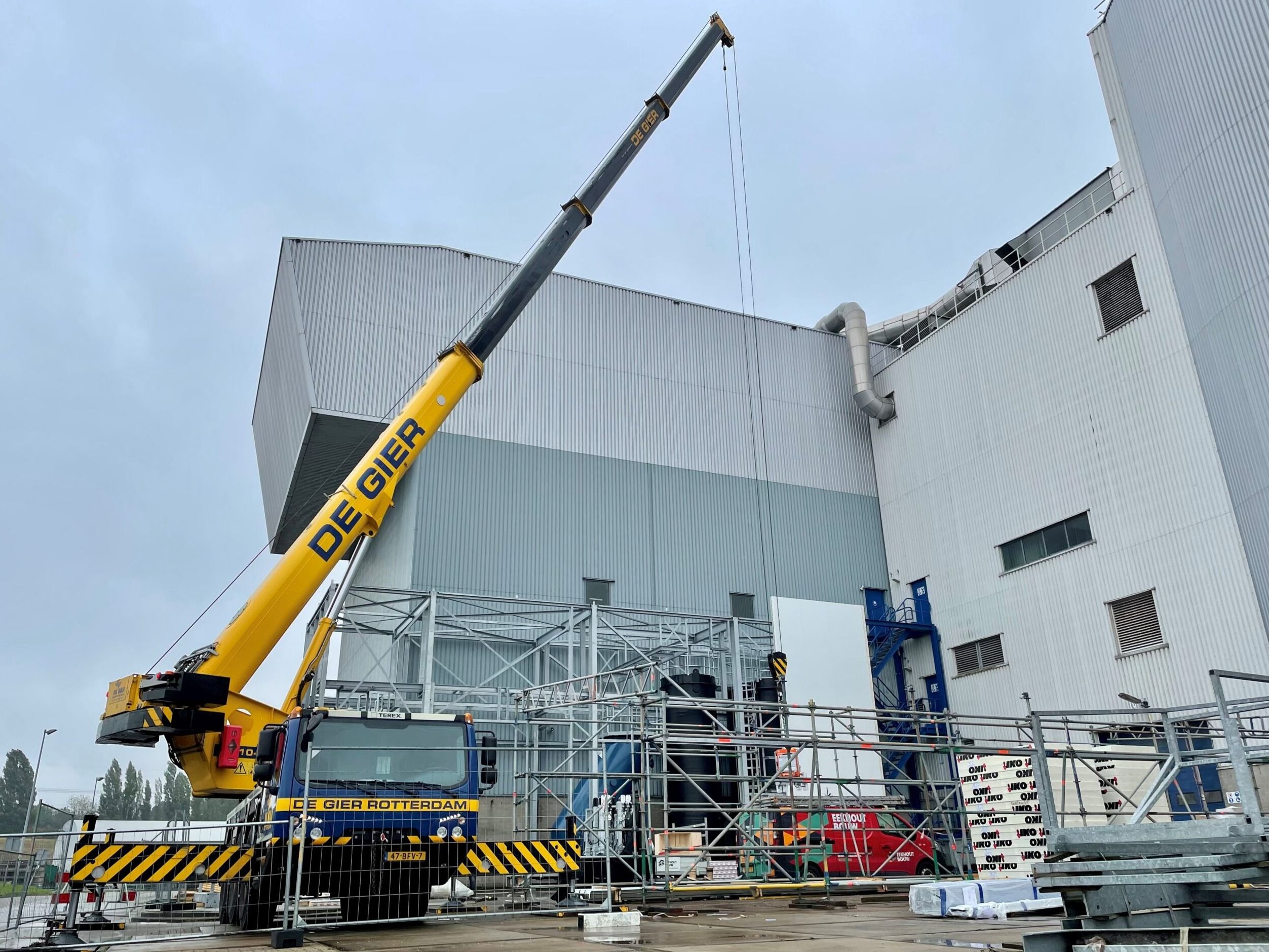
From Wastewater to Worth: The PHA2USE Project
To transition to a more circular water system in Friesland, actions such as the following will be key:
- To advance water sustainability, increased investment and innovation in reuse technologies is essential—particularly alongside the integration of decentralized systems in new developments, such as rainwater harvesting and greywater recycling.
- Establishing a clear strategy to reduce tap water consumption across Friesland can play a pivotal role in achieving regional circular water goals.
- There is significant potential in scaling up pilot projects and businesses focused on nutrient recovery, especially for agricultural and industrial reuse.
- Circular design principles and sustainable materials should be embedded in water infrastructure projects, complemented by the deployment of innovative sensors and digital technologies for smarter asset management.
- Strengthening data collection across the province is key to monitoring water usage, improving efficiency, and tracking the reuse of materials and energy.
Wetterskip Fryslân. (2024). We gebruiken gezuiverd rioolwater voor ontwateren slib. Retrieved from: Wetterskip Fryslân website
Unie van Waterschappen. (n.d.). Dashboard - gezuiverd water. Retrieved from: Unie van Waterschappen website
Beuken, R., Lavooij, C., Bosch, A., & Schaap, P. (2008). Low leakage in the Netherlands confirmed. In Proceedings of the 10th Annual Water Distribution Systems Analysis Conference. p. 1–8. Beuken et al. (2008)
Wetterskip Fryslân. (n.d.). Klimaatneutraal en circulair. Retrieved from: Wetterskip Fryslân website
- Beuken, R. H. S., Lavooij, C. S. W., Bosch, A., & Schaap, P. G. (2008). Low Leakage in the Netherlands Confirmed. Water Distribution Systems Analysis Symposium 2006, 1–8. 10.1061/40941(247)174